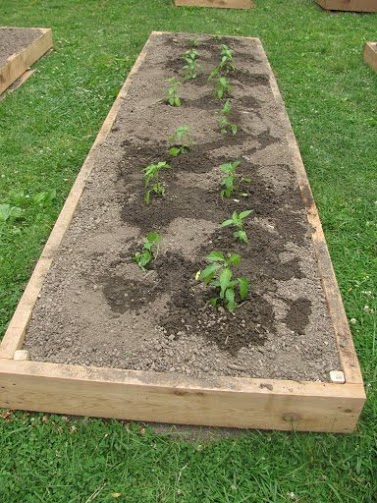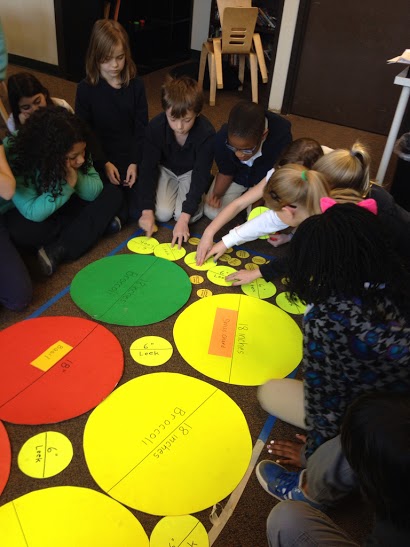Check in weekly, on Wednesdays, to read our new post on gardening, harvesting, and making use of that fine, extra-local produce! We’ll share tips and techniques, gleaned from our urban farms and gardens. Email info@growpittsburgh.org with any topics you’d like us to cover.
As the weather slowly warms, it’s a great time to get inspired to plan your garden for the year! Whether you’ve already got a few things planted or you’re waiting for after the last frost to get things in the ground, a little planning can help make planting easy and successful.
Vegetable gardening can feel complicated, as each crop has different requirements and considerations. It can feel overwhelming to try and determine what crops to plant when, how much space they will need, what part of the garden to put them in, and how long they will occupy their place in the garden.
It may be a relief to hear that even seasoned gardeners don’t keep all this information in their heads. While over time you will get a sense of what crops are cool and warm season and which ones do well in your particular location, you can easily look in a reference book or seed catalog to find the nitty-gritty details like exactly how much space each plant will need. A good seed catalog contains a wealth of information about each crop, from ideal germination temperatures to seed spacing and depth, to the average number of days it will take for the crop to produce a harvest.
You can rely on seed catalogs or a gardening manual to determine lots of important details about how, when, and where to plant each crop. As part of our Grow Pittsburgh Garden Primer manual, we’ve also developed a handy one-page Plant Specs Chart that outlines details about various vegetable crops. This chart is a great reference tool for quickly comparing height and spacing of crops as well as whether they are cool or warm season, and whether they should be direct seeded or transplanted. There’s also a list of common perennial plants, which can be expected to return year after year.

Plants, like these peppers, placed at the proper spacing can look sparse until they fill out. Be sure to follow spacing guidelines so the crops will have room to grow!
We recommend using graph paper in order to map out your garden space to scale. Then, choose what crops you’d ideally like to grow. Use the information from the Plant Specs Chart to fill in the garden, making sure to allow for proper spacing, and keeping seasonality in mind.
A well-planned garden will give you a realistic idea of how many seeds or transplants to purchase. It can also help you use the space to its full capacity, in each season. For other articles that may be helpful when planning your garden beds, check our Urban Harvester archives, which includes topics like Crop Rotation and Plant Families, Planting and Harvesting Chart, and Online Garden Planning Tools.

